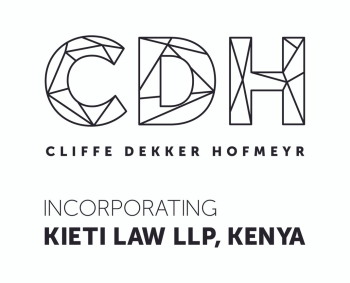Having been the subject of various discussion papers since 2011, the introduction of a carbon tax in South Africa is becoming a reality with the release of a draft carbon tax bill earlier this month. It has been clear since at least 2013 that South Africa would opt for a carbon tax in order to price carbon, as opposed to an emissions-trading scheme. The draft bill sets out the mechanics of the carbon tax.
Greenhouse gas levy
Essentially, the carbon tax will be levied in respect of the greenhouse gases that result from:
- the combustion of fossil fuels;
- fugitive emissions in respect of commodities, fuel or technology; and
- industrial processes and product use.
In other words, not only emissions from the combustion of fossil fuels will be taxed, but also emissions from certain industrial or mining processes and activities. Emission factors will be used to calculate the resultant mass of greenhouse gases.
The base carbon tax rate will be R120 per ton of greenhouse gases emitted (or the carbon dioxide equivalent thereof).
Parties that conduct the activities listed in a forthcoming notice published by the minister of environmental affairs will be liable to account for carbon tax. However, certain sectors will be excluded, including agriculture, forestry and waste.
Further, certain thresholds will apply and – at least in respect of stationary emissions – only entities with a thermal capacity of 10 megawatts or more will be subject to carbon tax to begin with. For non-stationary emissions, the carbon tax will effectively be included in the specific fuel tax.
Allowances
The draft bill provides for a number of allowances that will reduce an entity's carbon tax liability. In respect of the combustion of fossil fuels, an entity will generally receive a 60% allowance of the total percentage of greenhouse gas emissions for the period, depending on the relevant sector. Further, 'sequestrated' emissions (ie, carbon collected or trapped in a carbon reservoir) will also reduce the entity's liability.
Allowances are also available for:
- fugitive emissions and industrial processes, depending on the sector;
- trade-exposed sectors (up to 10%);
- entities that have implemented additional measures to curb emissions (up to 5%);
- companies which participate in the carbon budget system (5%); and
- offsets, as prescribed by the relevant minister.
A limit of 95% will apply to allowances. Percentages and limitations are to be reviewed after 2020, in order to phase in the effect of carbon tax.
Administration
Administration of the carbon tax will largely lie with the South African Revenue Service, working together with the Department of Environmental Affairs and the Department of Energy to establish mechanisms for monitoring, reporting and verifying emissions.
However, the system will largely involve a self-assessment process, whereby taxpayers will be responsible for measuring their own emissions and calculating their tax liability.
For further information on this topic please contact Heinrich Louw at Cliffe Dekker Hofmeyr by telephone (+27 11 562 1000) or email ([email protected]). The Cliffe Dekker Hofmeyr website can be accessed at www.cliffedekkerhofmeyr.com.
This article was first published by the International Law Office, a premium online legal update service for major companies and law firms worldwide. Register for a free subscription.



